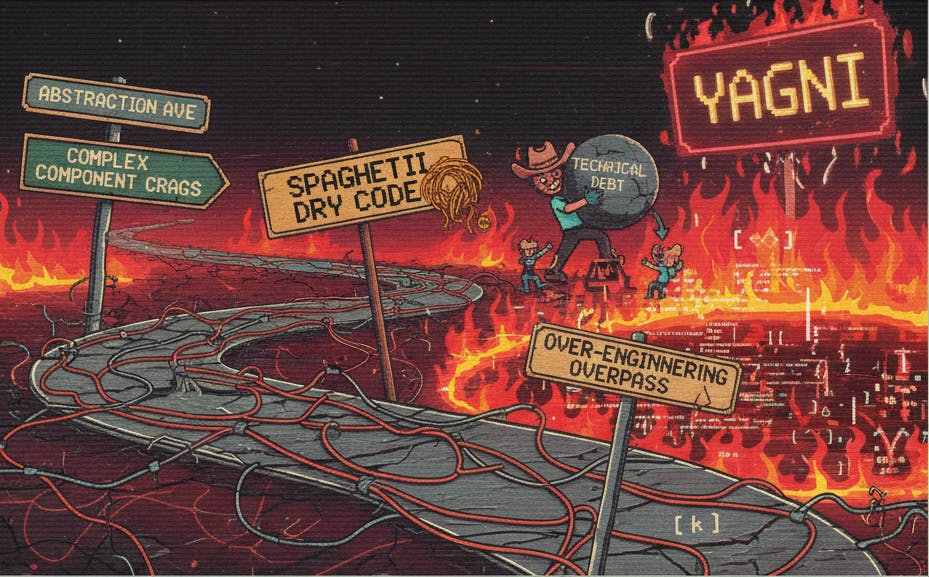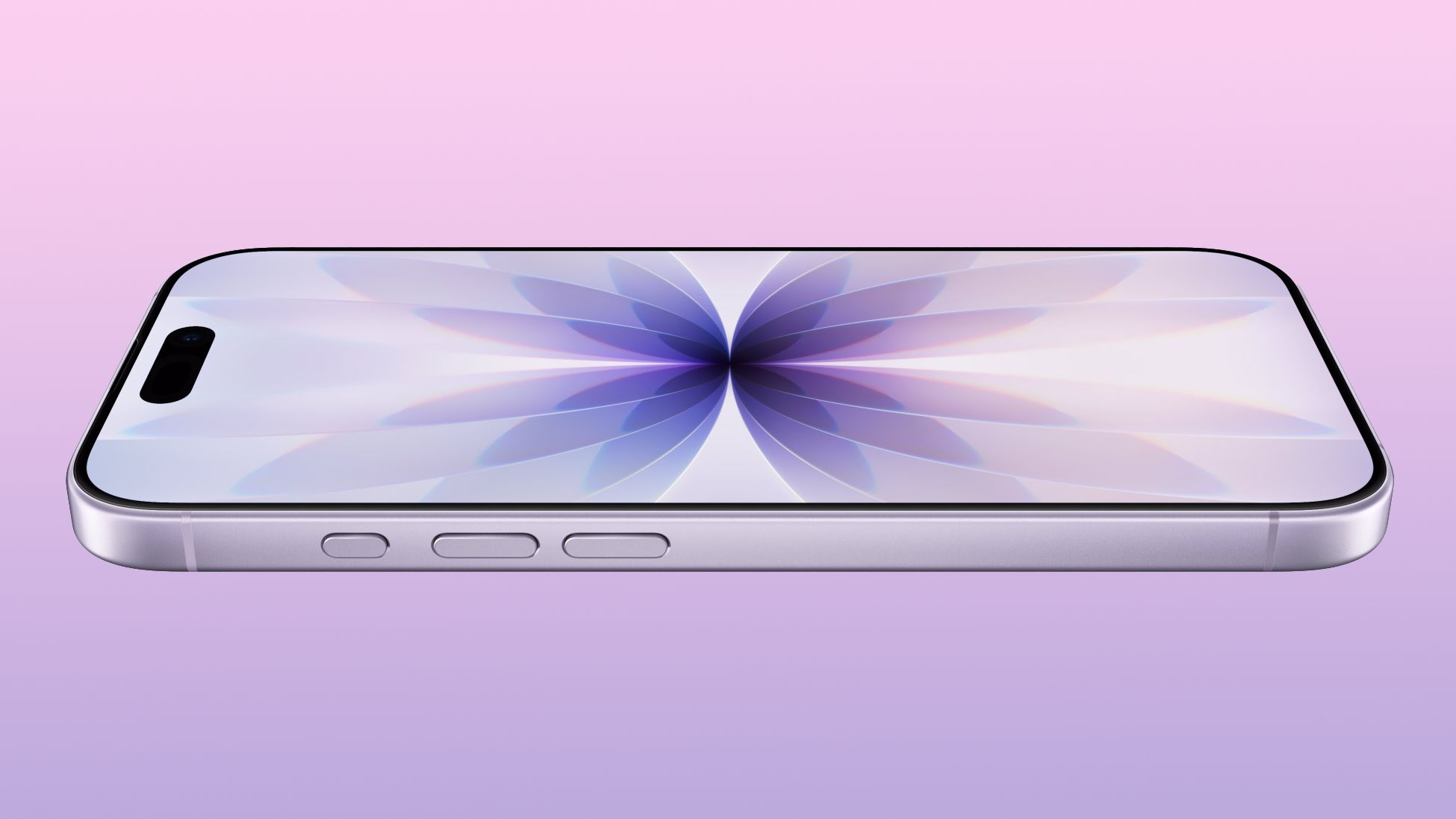CRT display technology still has a lot of benefits over even the best current flat-panel displays, which means that CRT TVs are often the best way to experience retro games. However, big and bulky CRT TVs are not the only way to access CRT technology for retro gaming.
There are also a huge number of CRT PC monitors still doing the rounds, and in some cases these may actually be a better solution than a CRT TV or Professional Video Monitor.
Before we go down this list, it’s important to note that most CRT PC monitors—especially VGA-only models—do not support the 15kHz signals (240p/480i) that consoles natively output. You’ll need a converter or scaler unless you’re lucky enough to have a rare multisync model.
This will introduce some latency, though even with some of the cheapest AV-to-VGA boxes I’ve tried, I personally cannot feel that latency, and the rest of the chain remains analog and essentially lag-free, so the total latency should still be less than a flat-panel display.
CRT monitors are the best solution for consoles that either natively support VGA output without modification, or can be modded to output a VGA-compatible signal, either through hardware modification, or using a softmod. The only consoles that have native VGA support are the SEGA Dreamcast and the Xbox 360. For everything else, you either need a converter box or a console mod.
The list below assumes that you have a console that can be used with a CRT monitor, you’re aware of the specific downsides (a bit more latency, lack of scanlines on modern CRT monitors, etc.) and that you can’t get a suitable PVM at a reasonable price.
6
Sharper Image Quality and Higher Resolutions
A computer monitor offers a much sharper, more detailed image than a consumer TV can. After all, it’s designed to display crisp computer graphics, not low-res soft-and-fuzzy composite cable signals.
Of course, in this case, you’re running a composite, S-Video, or component signal to the monitor, but you’ll still notice more detail reproduced than on your TV. The downside is that you won’t see those scanlines that are so beloved of many retro gamers, but if that doesn’t bother you the results on a CRT monitor are quite good.
5
Better Support for VGA and RGB Signals
If your console supports RGB output, or can be modded to support it, then connect it to a CRT monitor with the correct conversion hardware, and you’ll get results that can look even sharper than a PVM. Most consumer CRT TVs offer, at best, S-Video or Component video input, so even if the console in question has RGB outputs, the TV can’t do anything with it.
That said, some CRT TVs can be modded with native RGB support, though this is risky and difficult, with a real chance you’ll trash the TV.
4
Smaller, Lighter, and Easier to Fit on a Desk
One of the reasons retro gamers like PVMs so much is that they’re compact and can go on a desk. I own two CRT TVs. One is a “compact” 20-inch model and the other an enormous 150lbs 34-inch Sony Trinitron. I love my tube TVs, but there’s no arguing that they take up a lot of space, even for the “small” models.
Both of my CRT monitors are 17-inch models, even if you live in a tiny apartment. Look at this little retro gaming nook I set up using one of my CRT monitors. It takes up barely any space at all, and I can swap out the PC for any of my retro consoles if I like, as long as they work with my AV-to-VGA converter.
3
Less Overscan and More Accurate Picture Framing
CRT TVs have an “overscan” issue, where some parts of the image are cut off at the edges of the screen. Now, game developers on these consoles were perfectly aware of overscan and designed their games around it. However, not every TV has the same degree of overscan, and you’re rarely given any control over it unless the game in question has an overscan adjustment utility built in.
Most PC monitors, at least from the last decade or so of their era, let you precisely adjust and frame the image. For example, here’s Gran Turismo 4 running on my Samsung SyncMaster 793s monitor through a conversion box and I can adjust the image to fit exactly.
2
No Interlacing Flicker
I love how my PSOne console looks on my big Sony Trinitron, but most of its games run at 240p with the “p” short for progressive scan. This means that with every refresh the entire 240 lines of each frame are redrawn. Since the TV is designed for 480 lines (for NTSC, it’s 576 lines for PAL), there are visible gaps colloquially known as “scanlines”, but the image itself is bright and stable.
However, on consoles like the PlayStation 2, games output at 480i with the “i” being short for interlaced. Here only half of the frame (known as a “field”) is drawn with each refresh. The CRT beam draws the odd and even lines in alternating passes. This gives you a much higher resolution image, but the result is a dimmer image with visible flicker. I can get used to 480i pretty quickly, but there’s no denying that playing my PS2 using a deinterlacer with a CRT monitor makes 480i content look much nicer, giving you a stable, flicker-free image while retaining the CRT’s motion and color benefits.
1
Less Wear and Tear Than Old TVs, More Common Than PVMs
I touched on this above, but if you want a small and compact CRT solution with great, crisp image quality for retro consoles, your first option should be a PVM or BVM that accepts analog input. That’s pretty much the gold standard for retro gaming on CRT when it comes to consoles specifically.
The problem is that PVMs and BVMs were rare and expensive when they were current, and now they’re even more rare and expensive! At the same time, most CRT TVs you’ll find to buy used are pretty banged up from years of being moved around, or serving as a family TV—which may or may not involve sticky substances forced through the vents.
In contrast, I’ve found that most of the CRT PC monitors I’ve looked at are in good to great condition. They’ve generally been used in clean environments on desks, and weren’t moved around that much or subjected to the chaos of household life.
Which is basically a long-winded way of saying that you’ll have a much easier time finding a CRT monitor at a good price and in good condition than the other options on the table.
CRT PC monitors are convenient, usually cheap, relatively compact, and offer sharp picture quality with plenty of fine-grained control over how things look on screen.
Using the right signal conversion hardware, they’re also incredibly versatile and, depending on the model you get, they will probably outlast most CRT TVs that are still around today. Perhaps best of all, you can pick up a monitor for next to nothing, or sometimes literally nothing in most places. So it costs very little to find out if it works for you or not, and it’s certainly less of a commitment than a big tube TV!











